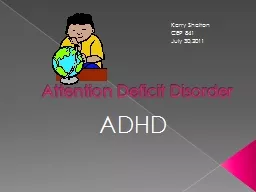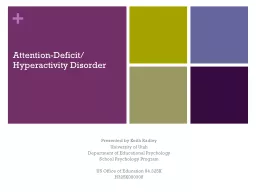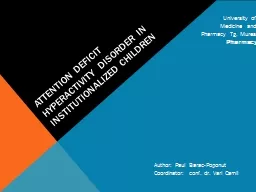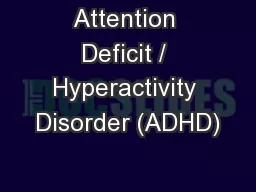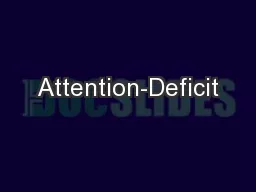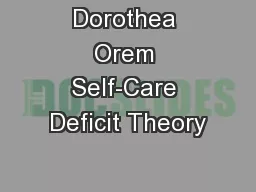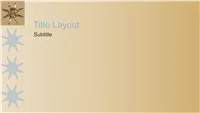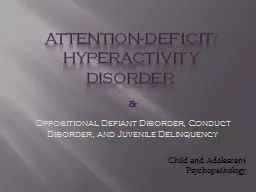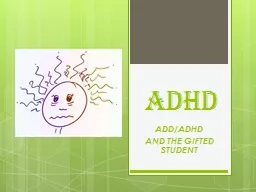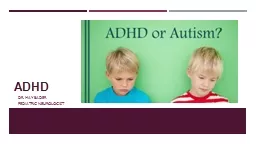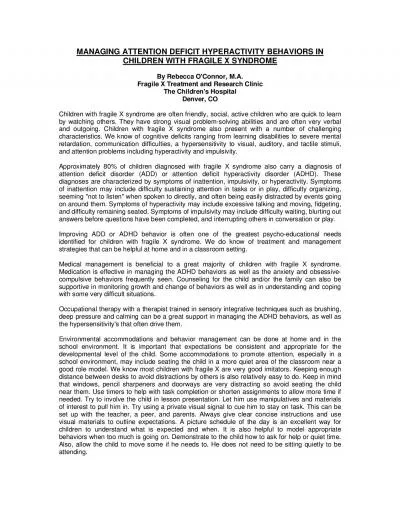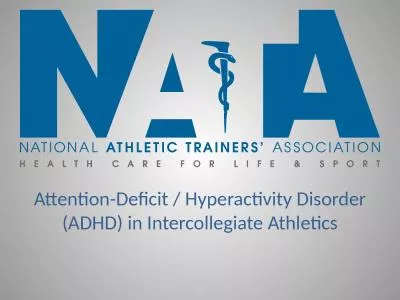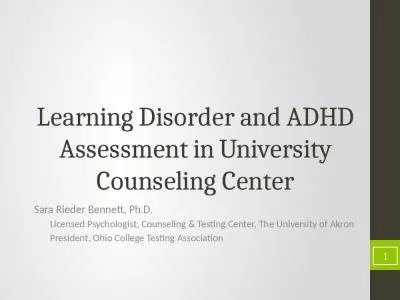PPT-Attention Deficit Disorder
Author : alexa-scheidler | Published Date : 2016-05-08
ADHD Kerry Shelton CEP 841 July 302011 Why should we be concerned about ADHD Approximately 2 million children across the United States suffer from ADHD In a classroom
Presentation Embed Code
Download Presentation
Download Presentation The PPT/PDF document "Attention Deficit Disorder" is the property of its rightful owner. Permission is granted to download and print the materials on this website for personal, non-commercial use only, and to display it on your personal computer provided you do not modify the materials and that you retain all copyright notices contained in the materials. By downloading content from our website, you accept the terms of this agreement.
Attention Deficit Disorder: Transcript
Download Rules Of Document
"Attention Deficit Disorder"The content belongs to its owner. You may download and print it for personal use, without modification, and keep all copyright notices. By downloading, you agree to these terms.
Related Documents

